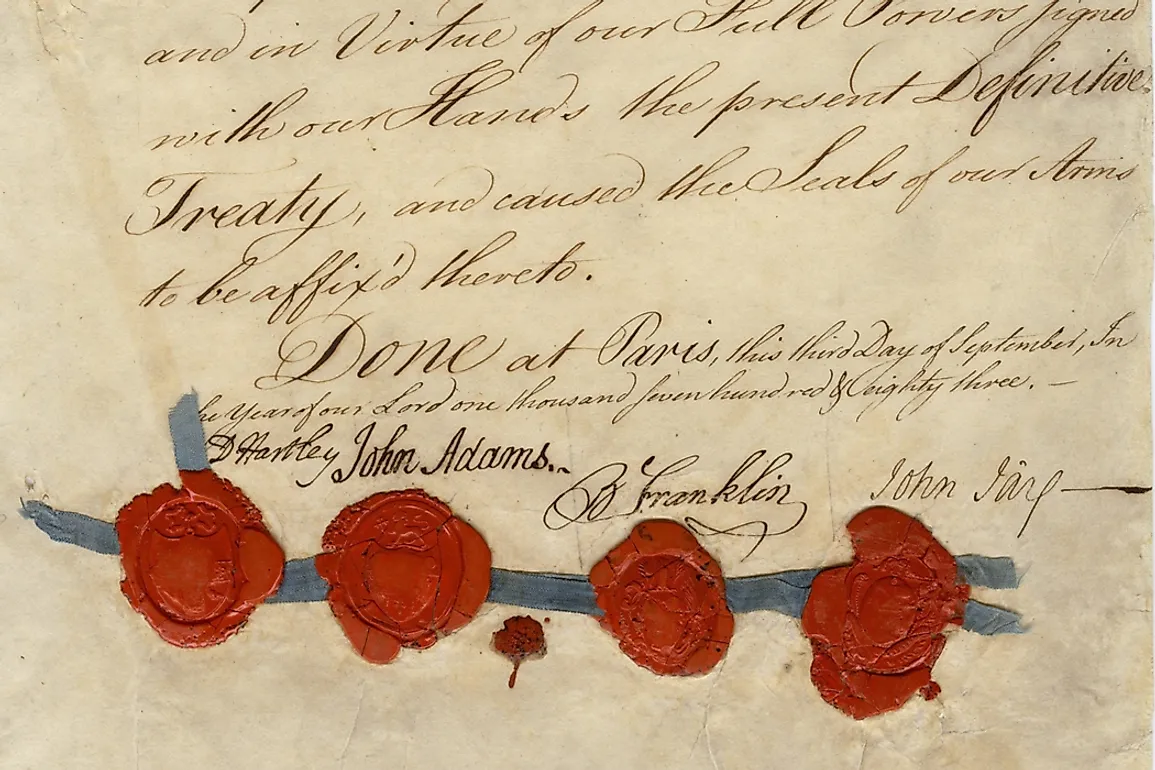What is a Treaty?

Since time in memorial, treaties have been an important document drafted by different countries or groups to spearhead the process of bringing peace, economic harmony, enhance trade relations or reshape boundaries. It is usually intended to look into external needs of a country. Treaties are entered into and signed by leaders of the state on behalf of the citizens in a language understood by all the concerned parties. A treaty can be one document or a series of documents related to each other referring to the same subject but remains legally binding.
How Are Treaties Governed?
In 1969, a tool was crafted to ensure the treaties are drafted according to internationally accepted standards. The Vienna Convention on the Law of Treaties (VCLT) came into effect, giving guidelines on the process of drafting a treaty, the process of adding or removing some clauses in it, and also how its effect can come to an end. The VCLT does not give any special rights implicitly or explicitly to any party but offers just the guideline. The rules and regulations of such a convention involve both official statutes as well as unofficial ones. For example, agreed written minutes or a memorandum of understanding can be accepted as form of a treaty.
The Format and Types of Treaties
A preliminary statement composed of a few lines forms the first part. It states the purpose and behavior expected from the parties. It also quotes the names of the concerned parties in the contract. Another line that states “parties have herein agreed. . .” may also be included in the first paragraph. Thereafter the body of the treaty clearly explains, in numbered articles, the exact nature of the treaty and the resolution made therein. The last part is the closing remarks and has a place where the parties append their signature or seal. The location where the signing took place is also captured.
Treaties can be broadly grouped into either bilateral or multilateral. Where the agreement involves only two countries it is a bilateral treaty. Where the contract is signed by many countries, it is a multilateral treaty. Multilateral treaties may also involve regions or several continents with each party playing its part as per the terms of the contract. The value or content of an existing treaty can be increased or reduced by a written statement known as a protocol
Can a Treaty Be Changed?
During the signing of the treaty, it is of paramount importance that the parties agree on whether to accept any amendments in the future as long as they do not contravene the initial purpose of the treaty.
Execution and Implementation of a Treaty
Once a treaty is signed, the parties are under legal obligations to perform their part. Some treaties are self-propelling whereas others require allocation of resources such as capital and human resources or even legislative amendments to become executable. The words in the treaty must be clearly understood by all the involved parties and where there is a word that has more than one meaning, then the ordinary meaning which does not alter the purpose should be adopted. One party cannot force the other to accept its interpretation. In case of a future disagreement or a dispute arising from the wording of the treaty, an arbitrator is brought on board.
When Does a Treaty Come to an End?
Any party can withdraw from a treaty as long as it does not infringe the terms and conditions stated when the treaty was signed. In bilateral treaties, if one party pulls out, then the whole treaty is terminated. In multilateral treaties where a country successfully stops being a party to the agreement, the other states can proceed on unless they agree to terminate the relationship. Other treaties are terminated by time or occurrence of a certain event such as war or sports. If a treaty was entered to and signed by an unauthorized person, or the person acted beyond his powers, then such a treaty is not binding on the citizens. A treaty entered into by fraud or through misrepresentation of facts will be terminated once the other party discovers of such falsehood.
Can a Party to a Treaty Be Suspended?
The issue of suspending one party to the treaty depends on the extent to which the breach affects the purpose of the treaty. Some treaties such as economics and trade-related ones will state conditions for the expulsion of a member at its inception. A party can be suspended due to corrupt deals or if they want to take unfair advantage over the other signatories.
What is the Role of the United Nations in a Treaty?
There is a set procedure for registering a treaty with the UN before it is executed. The UN will verify the content, intention, and impact of such a treaty before it allows it to be executed. The UN can also act as an arbitrator in case a problem arises which relates to the treaty that had been deposited with them.











